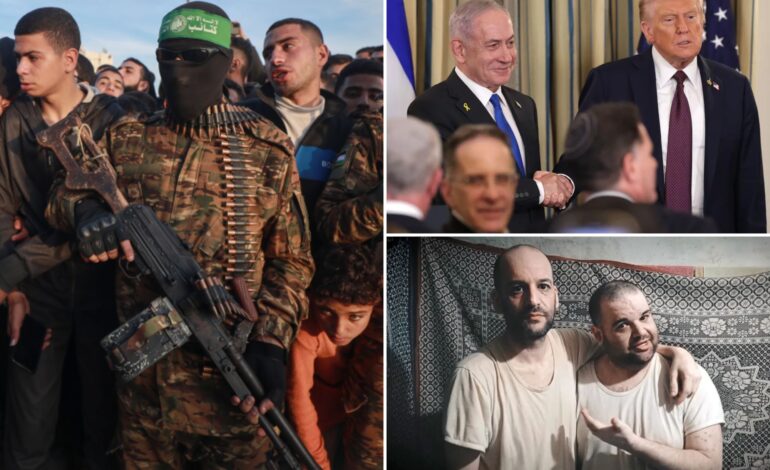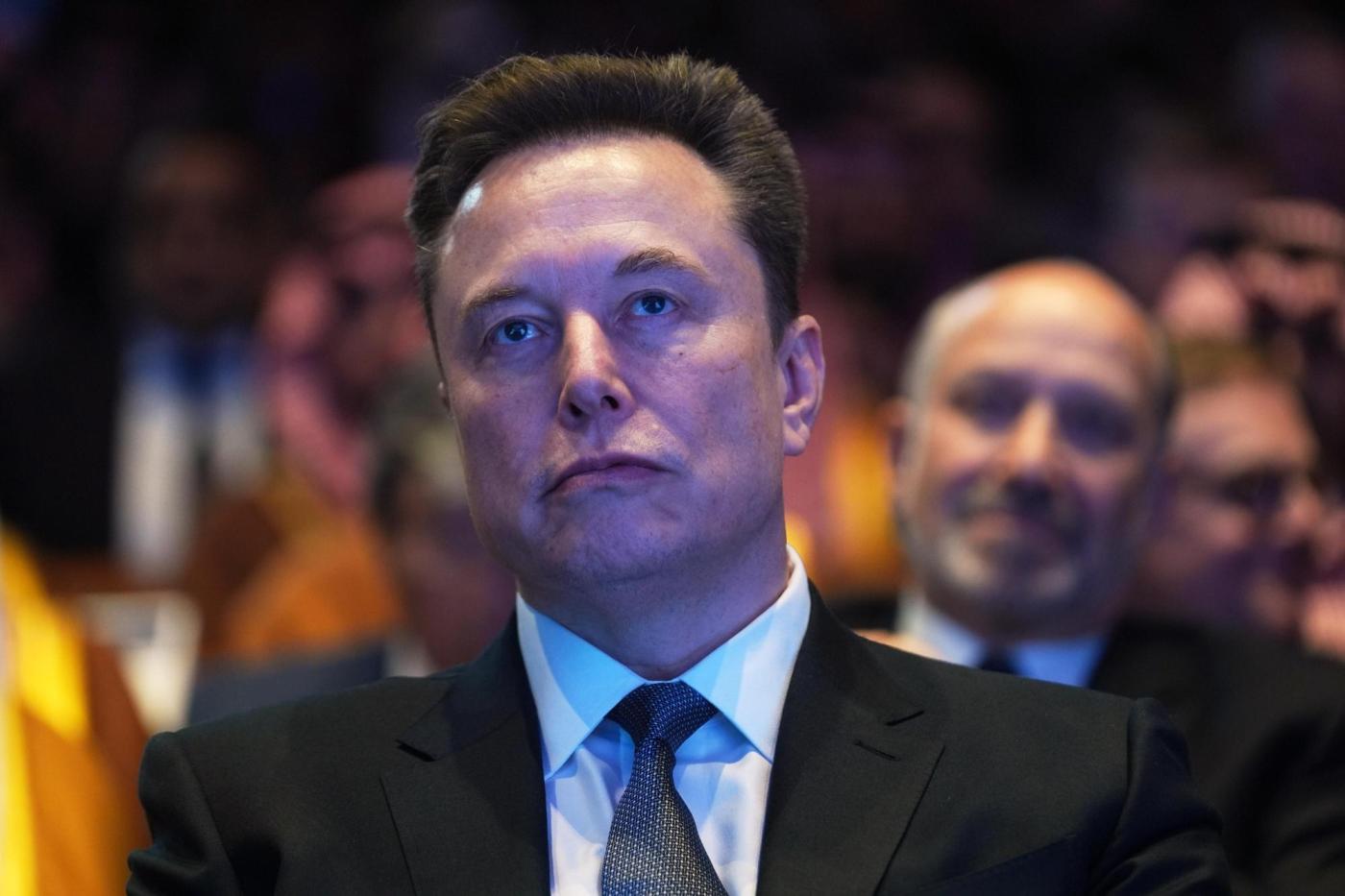Internal Divisions within Hamas Challenge Trump’s Gaza Peace Efforts

A significant division has emerged within Hamas, complicating President Donald Trump’s peace proposal aimed at resolving the ongoing conflict in Gaza. According to a report by the Wall Street Journal, the rift between Hamas’ political leadership and its military wing could hinder efforts to implement the peace plan, which includes provisions for hostages and disarmament.
On March 3, 2022, Hamas’ diplomatic arm tentatively agreed to consider releasing Israeli hostages as part of Trump’s plan. However, the group has expressed the necessity for further discussions regarding essential issues, particularly disarmament and the release of nearly 50 Israeli hostages, both living and deceased, within a 72-hour timeframe. The internal discord within Hamas is evident, with the political negotiators more inclined to accept the peace plan under certain conditions, while the armed wing, known as the Izz ad-Din al-Qassam Brigades, firmly opposes disarming and releasing hostages.
Arab mediators have highlighted the stark contrast between Hamas’ negotiators abroad and its military faction in Gaza. While negotiators like Khalil Al-Hayya support the peace plan with reservations, their influence over the armed wing, which remains steadfast in its resistance to surrendering arms, is limited. The newly appointed Hamas leader, Ezzedin al-Haddad, has indicated a willingness to compromise, particularly concerning the disarmament issue, proposing that weapons be transferred to Egypt and the United Nations for storage. Nonetheless, Haddad insists that Hamas retain small arms, which the group views as defensive.
Even if a consensus is reached within Hamas’ leadership regarding disarmament, enforcing compliance among its rank-and-file members presents a significant challenge. Many may perceive any agreement as a capitulation, undermining the leadership’s authority. The group’s statement on March 3 was notably vague, leaving room for potential withdrawal if specific conditions are not fulfilled. Hamas expressed its readiness to release all prisoners in exchange for favorable “field conditions,” which refers to the withdrawal of Israeli forces from the Gaza Strip.
It remains uncertain whether Israel would agree to cease hostilities without a firm commitment from Hamas to disarm. On social media platform X, Senator Lindsey Graham criticized Hamas’ response as predictable, characterizing it as a rejection of the peace proposal. He remarked, “No disarmament, keeping Gaza under Palestinian control, and tying hostage release to negotiations, along with other problems,” suggesting that Hamas’ stance effectively negates Trump’s offer.
Analysts speculate that Hamas’ ambiguous response may serve as a tactical delay while the group seeks to reconcile the longstanding divisions between its political and military factions. The conflict escalated following Hamas’ deadly attacks in southern Israel nearly two years ago, which resulted in the abduction of approximately 250 individuals.
As the situation unfolds, the military capabilities of Hamas have diminished significantly, with the loss of many senior leaders and a substantial number of experienced fighters. New recruits often lack adequate training, and Israel’s intensified control over Gaza has strained Hamas’ communication and coordination efforts. In response, Hamas has devolved command to smaller, autonomous units that rely on explosives, snipers, and rocket-propelled grenades, a strategy that complicates oversight for leaders like Haddad.
In conclusion, the fractures within Hamas are poised to challenge the implementation of any peace agreement with Israel. As negotiations progress, the group’s internal dynamics will play a crucial role in determining the future of the conflict in Gaza.






